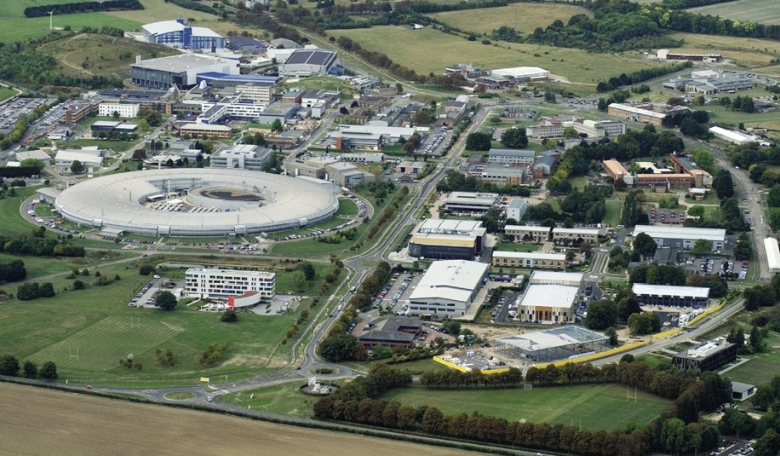The UK’s Science & Technology Facilities Council’s (STFC) laboratories are well respected within scientific and academic communities around the world for their contribution to ground breaking science - but what is less known is that their doors are wide open to businesses. Acting as an impartial collaborator in R&D projects, STFC has the unique ability to absorb much of the risk of projects with businesses. Neither is it biased on size - STFC is open to all, from fledgling start-ups to large bluechips. In this article Paul Vernon provides an overview of this powerful scientific organisation and explains how STFC is successfully bridging the gap between pioneering science and business.
In the heart of rural Oxfordshire and on the site of a former Royal Air Force station lies a multi-disciplinary laboratory that has been leading the UK’s contribution to space missions for over five decades. The STFC’s Rutherford Appleton Laboratory (RAL) has expanded considerably since researchers supported a space mission in 1962 to launch Canada’s first satellite, Alouette 1. Since this time it has been involved in well over 200 space missions.
Further south, in Hampshire, a small English village is put on the map by the domineering presence of the STFC’s Chilbolton Observatory. The site is home to the world’s largest fully steerable meteorological radar and carries out research in atmospheric science, radio communications, astronomy, space science and technology.














